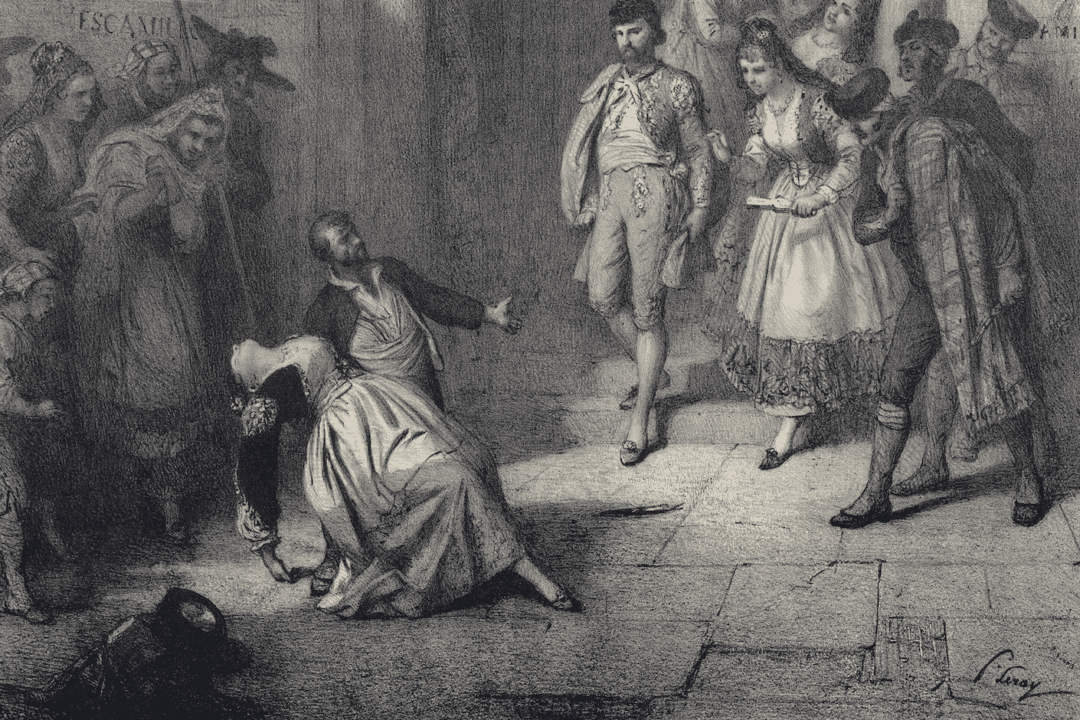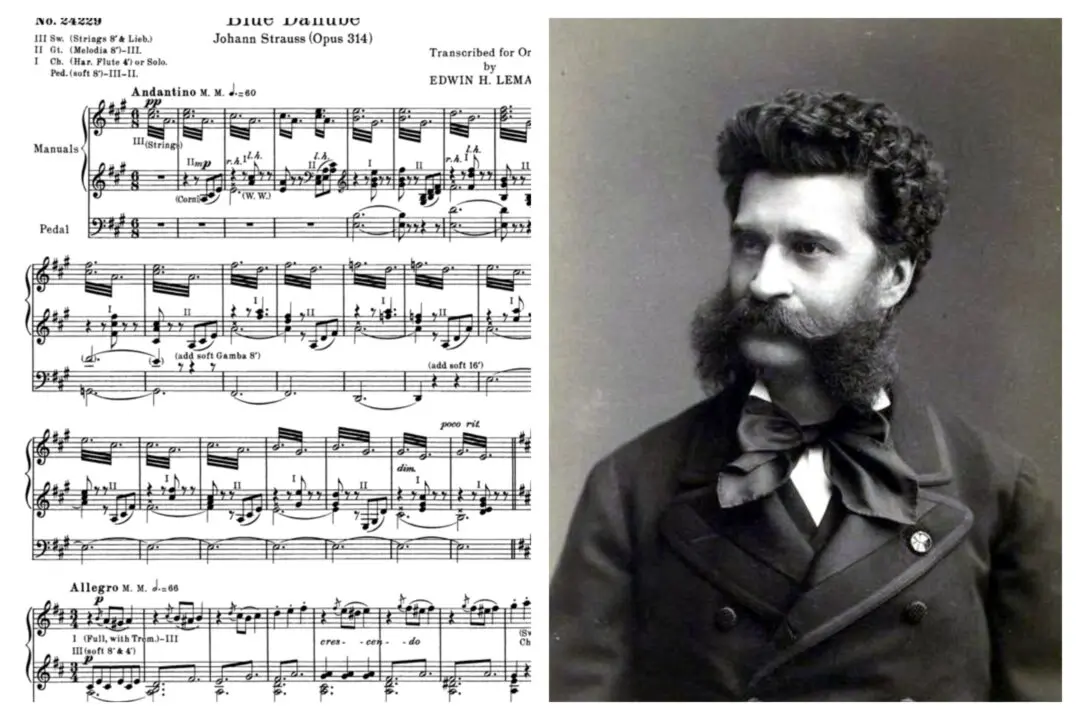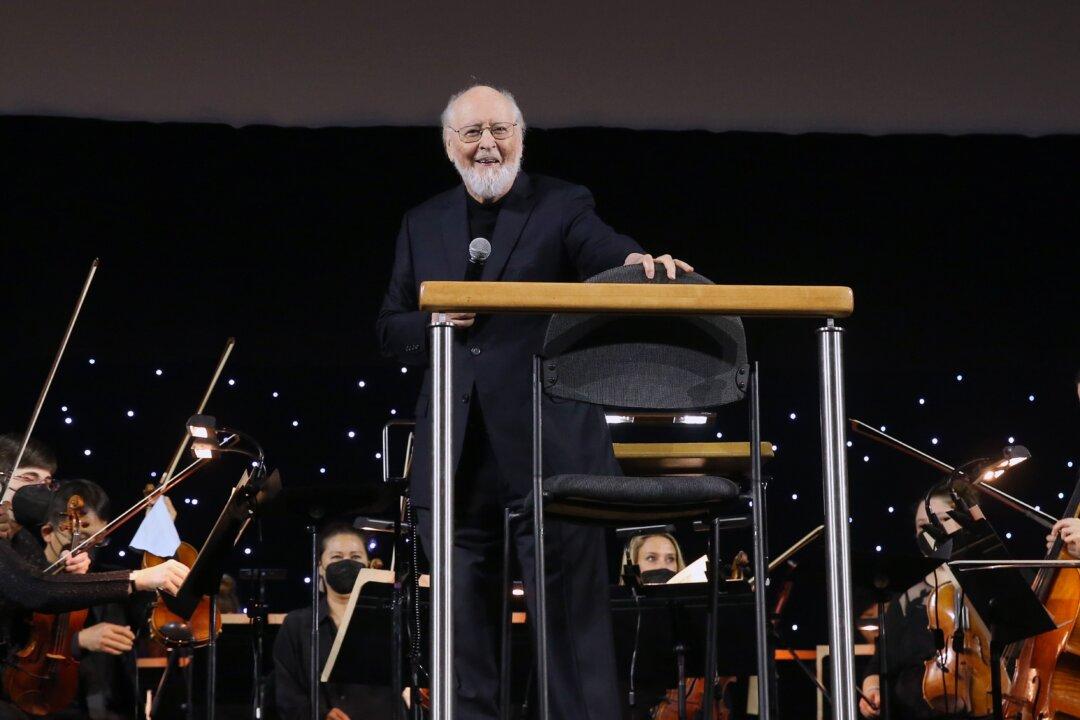Georges Bizet just had his 186th birthday on Oct. 25. If this is not exactly a neat, round number that presents an opportunity for public celebration, it’s a good enough excuse for a brief appreciation.
Bizet is remembered almost entirely for one work he composed towards the end of his short life. “Carmen” is a deserved classic, one of the most performed operas in the modern repertoire. But he also wrote some lesser-known gems that are beginning to receive more attention.





